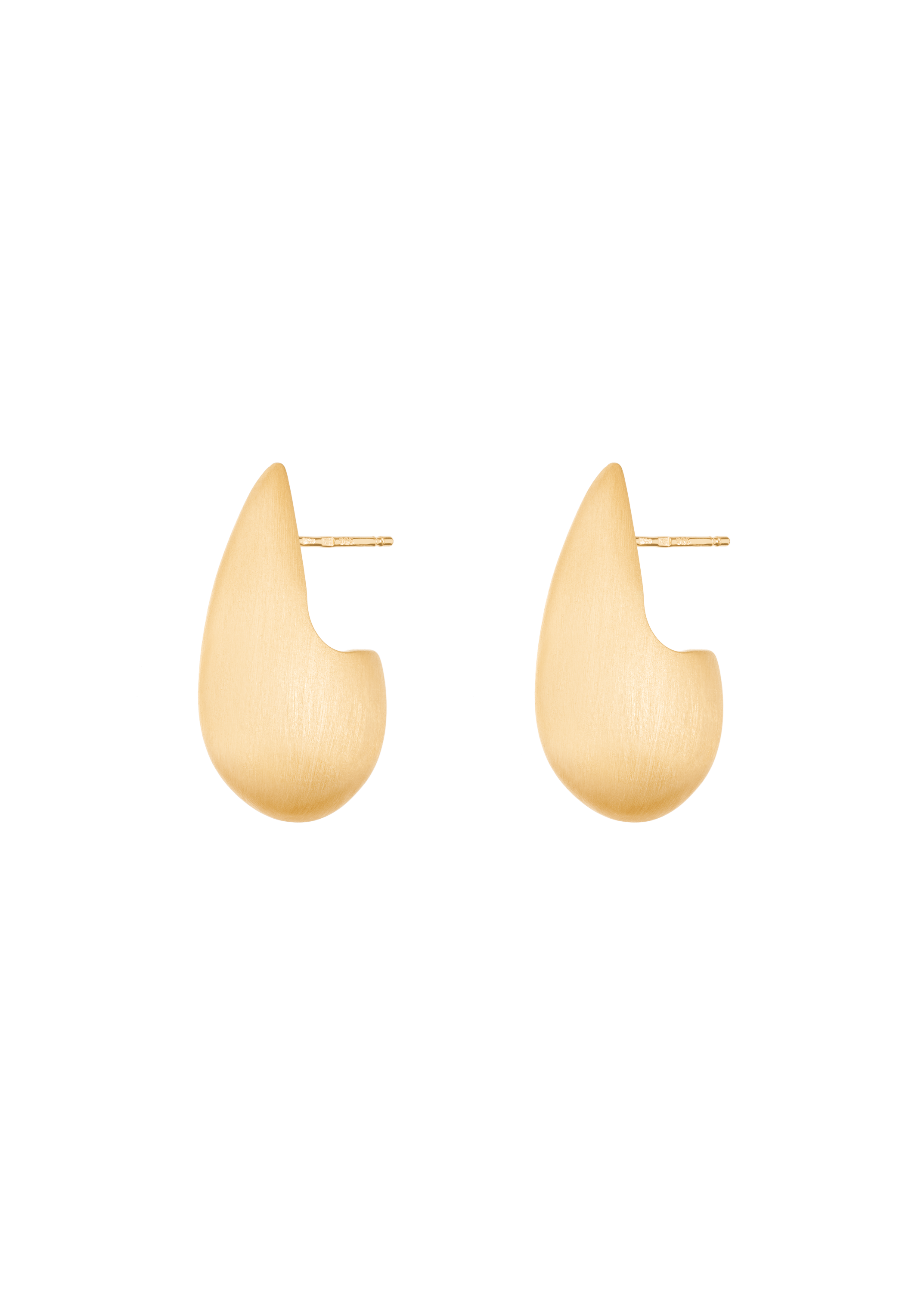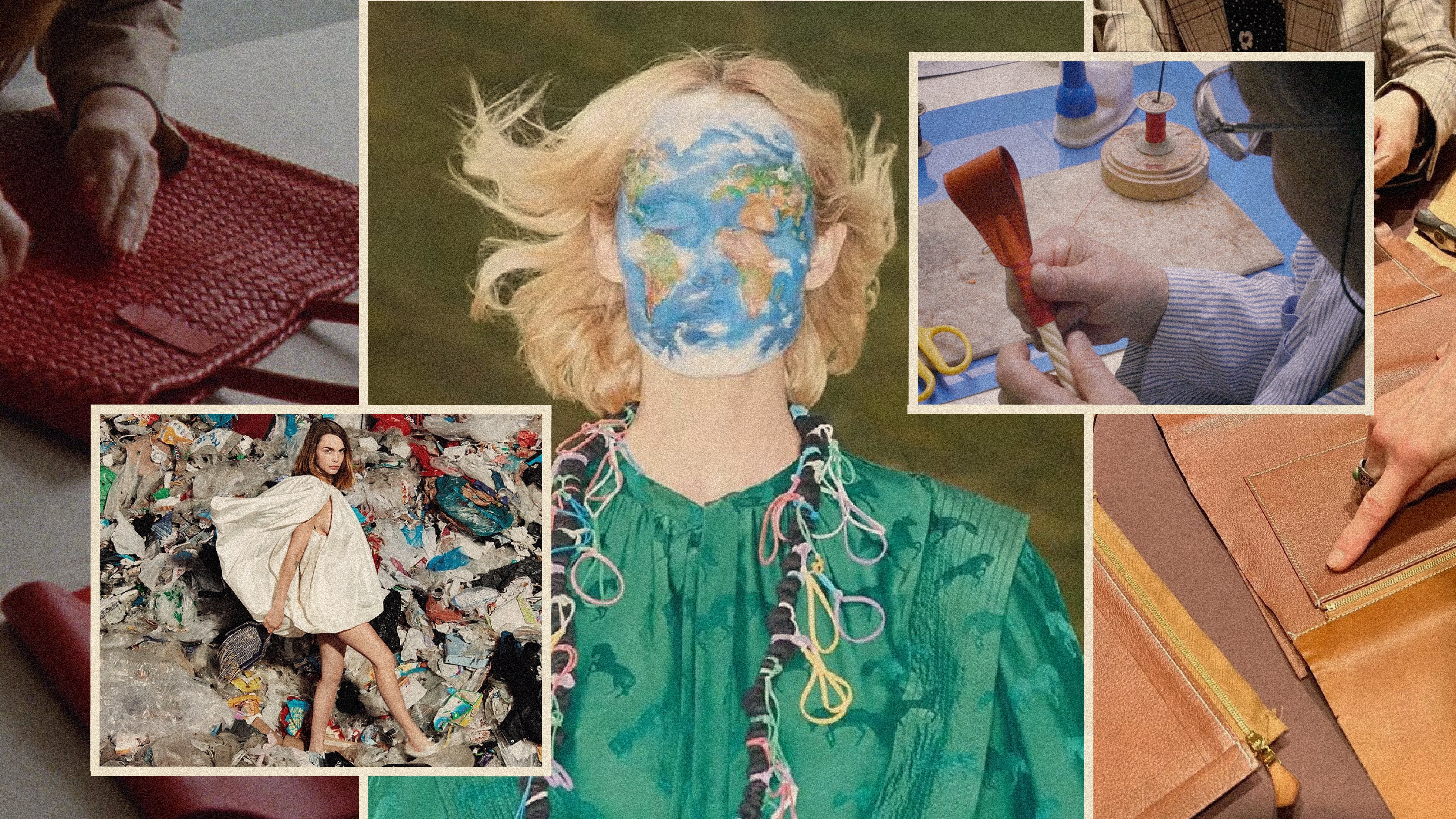high fashion, historically synonymous with exclusivity, luxury, and artistry, has undergone a profound transformation in recent years. what was once a realm defined by opulence and grandeur is now navigating the complexities of environmental responsibility and ethical practices.
sustainability has emerged as a central theme, reshaping the way luxury brands conceptualize, create, and market their products. this evolution not only reflects the industry's adaptation to global challenges but also a shift in consumer expectations.
the historical context: high fashion and its impact
traditionally, high fashion and haute couture—have been characterized by handcrafted garments, luxurious materials, and innovative designs.

the craftsmanship of bottega venetta
while the exclusivity of these products ensured limited production, their environmental impact remained significant.
processes like tanning leather, dyeing textiles, and creating synthetic fibers contributed to pollution and resource depletion. furthermore, the fashion industry's reliance on rare materials like exotic skins and fur raised ethical concerns about biodiversity and animal welfare.
for decades, the focus was on creativity and aesthetic appeal, with little regard for environmental consequences. however, the rise of global awareness about climate change, resource scarcity, and labor exploitation brought the industry under scrutiny. activists, consumers, and even governments began questioning the true cost of luxury.
the push toward sustainability
the fashion industry's pivot toward sustainability has been driven by several forces:
-
consumer awareness: modern consumers, particularly millennials and gen Z, are increasingly demanding transparency and ethical practices. a study by nielsen revealed that 73% of global consumers are willing to alter their buying habits to reduce environmental impact.
-
regulatory changes: governments and organizations worldwide are introducing stricter environmental regulations. for instance, the european union's initiatives for sustainable textiles encourage circularity and eco-friendly production.
-
technological advancements: innovations in materials science and production techniques enable brands to explore sustainable alternatives. for example, bio-fabricated leather and recycled fabrics are gaining traction.
high fashion's sustainable revolution
luxury brands have responded to these pressures in various ways:
● material innovation: traditional materials like virgin polyester and silk are being replaced by sustainable alternatives. stella mcCartney, a pioneer in eco-conscious luxury, avoids leather and fur, opting for bio-engineered and plant-based materials. similarly, gucci launched its demetra material, crafted from renewable sources.

stella mcCartney SS24
● circular fashion: circularity, which involves designing for longevity, repair, and recyclability, is becoming a cornerstone of high fashion. brands like hermès have introduced repair workshops, while burberry has pledged to recycle unsold goods rather than destroy them.
● supply chain transparency: high fashion is embracing blockchain technology to trace the origin of materials and ensure ethical sourcing. consumers can now verify that their garments align with their values.
● collaborative initiatives: industry-wide collaborations, such as the fashion pact signed by over 60 luxury brands, aim to tackle climate change, restore biodiversity, and protect oceans.

extinction rebellion activists and models in stella mcCartney's fall 2019 campaign
challenges and criticisms
while progress is undeniable, the journey toward sustainability is not without hurdles:
1. cost implications: sustainable practices often entail higher costs, which can challenge profitability. smaller luxury houses may struggle to adopt these changes as swiftly as established giants.
2. greenwashing risks: some brands exaggerate their sustainability efforts to attract eco-conscious consumers, a practice known as greenwashing. this undermines genuine progress and misleads buyers.
3. balancing tradition and innovation: luxury fashion's heritage is deeply rooted in traditional craftsmanship. striking a balance between preserving artisanal techniques and incorporating modern sustainable practices is complex.
the road ahead
the future of high fashion lies in integrating sustainability into its core ethos. rather than being an afterthought or marketing strategy, environmental and social responsibility must be foundational to design and production processes. trends like upcycling, made-to-order clothing, and the use of AI for efficient material use are likely to gain prominence.
moreover, the narrative around luxury is shifting. consumers now value stories of ethical sourcing, cultural preservation, and environmental stewardship as much as the craftsmanship of the product itself. this redefinition of luxury aligns with the broader global movement toward mindful consumption.
daniela pedroso, a 25-year-old with an insatiable thirst for life, is a free soul at heart. from a young age, her world has been colored by the vibrant hues of fashion, music, and art. her journey led her to the enchanting streets of paris, where she pursued her dreams and achieved a remarkable 5+ in luxury brand management.









